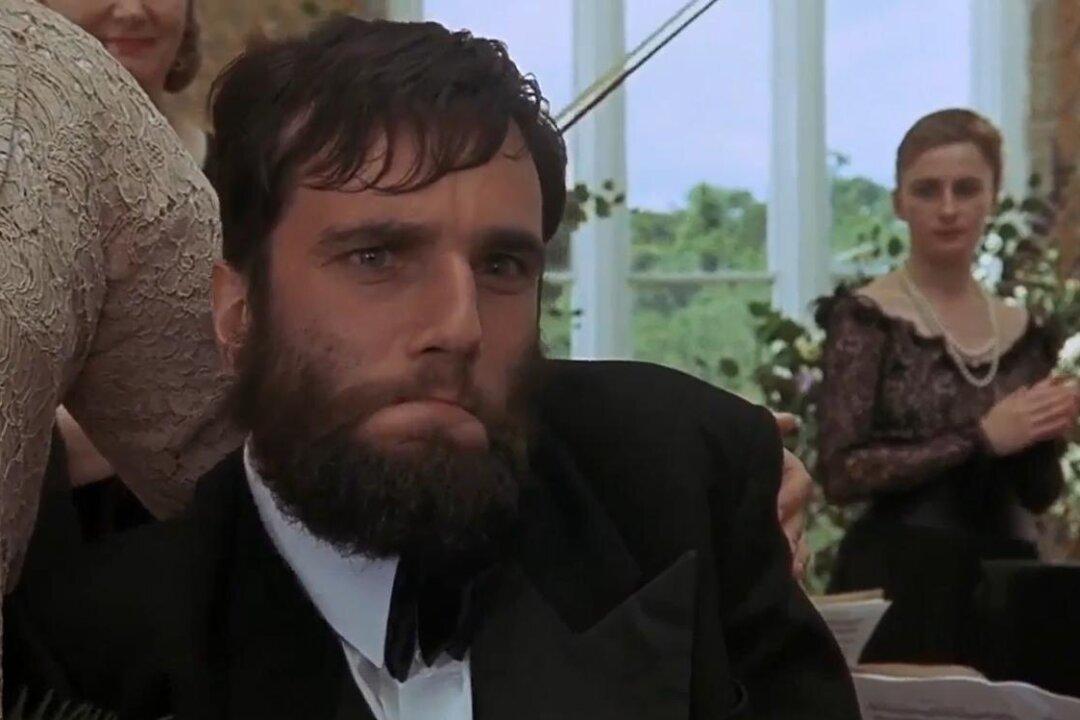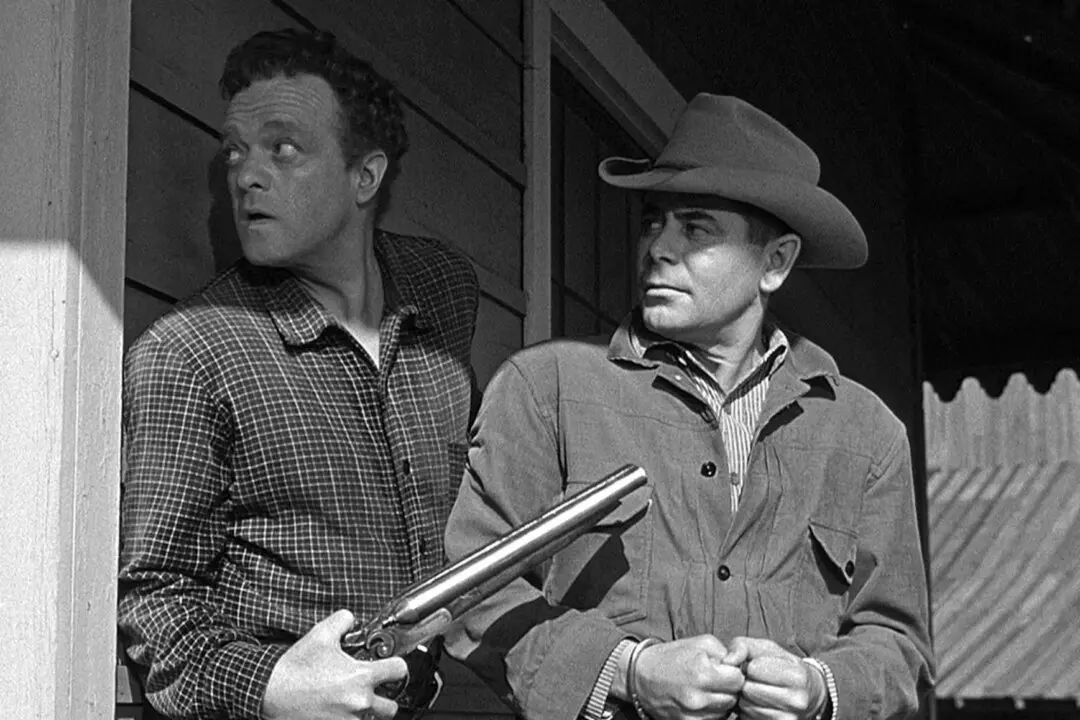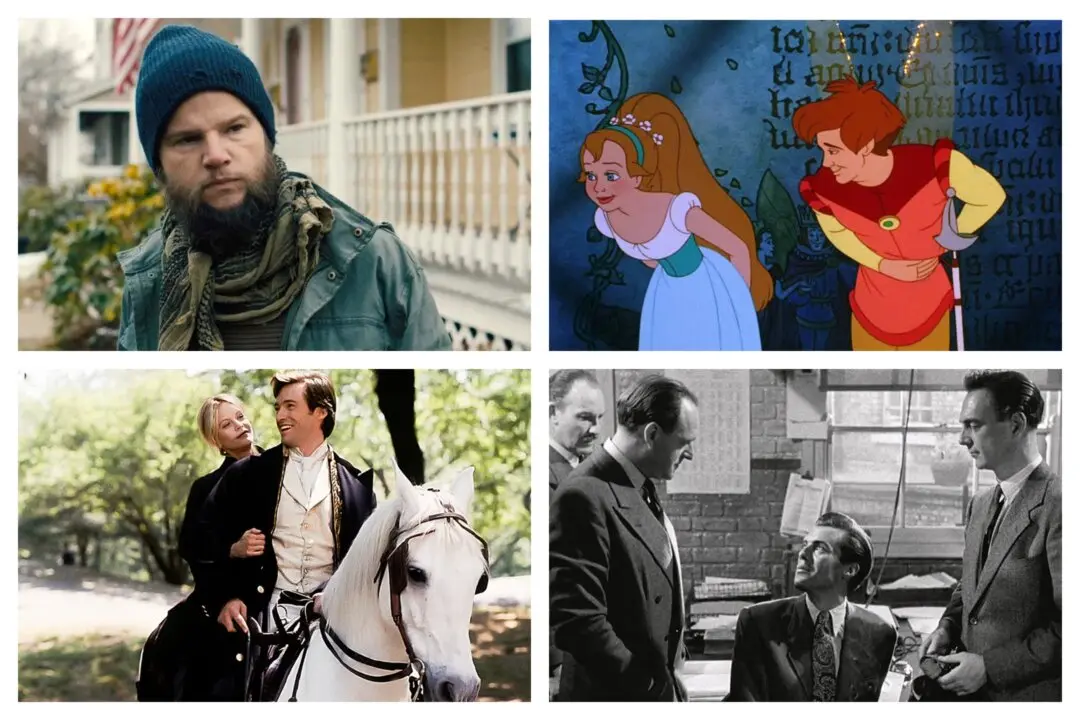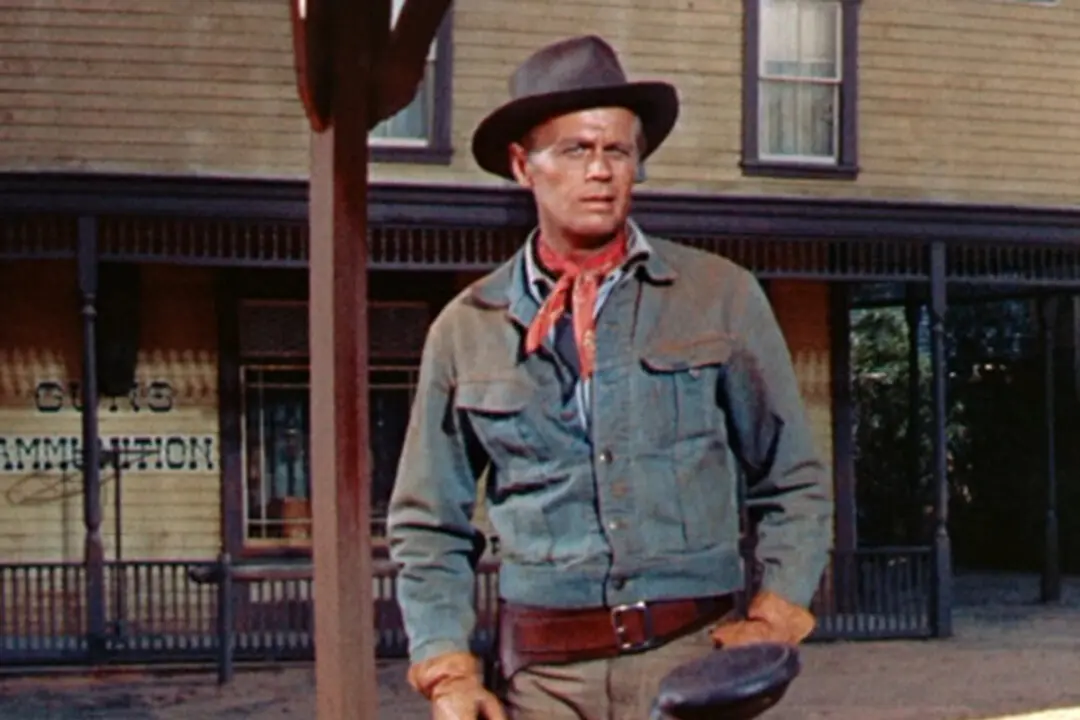R | 1h 43min | Biography, Drama | 30 March 1990 (USA)
“Go on, Christy … Go on, make your mark,” says young Christy Brown’s mother. She encourages him to scribble something on a chalkboard with his left foot. She sees something in him that most others don’t, since they assume that he’s brain-damaged.






